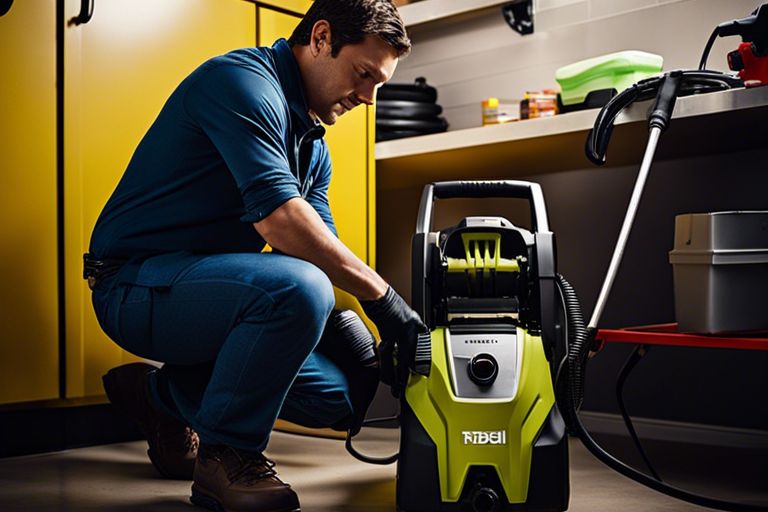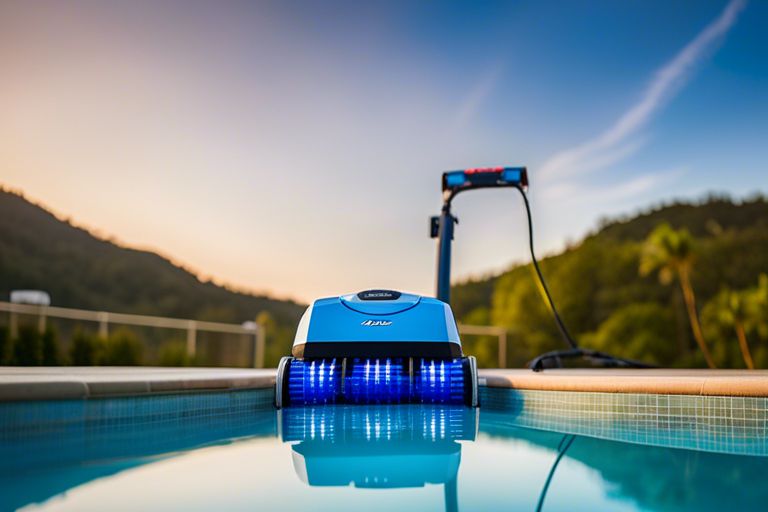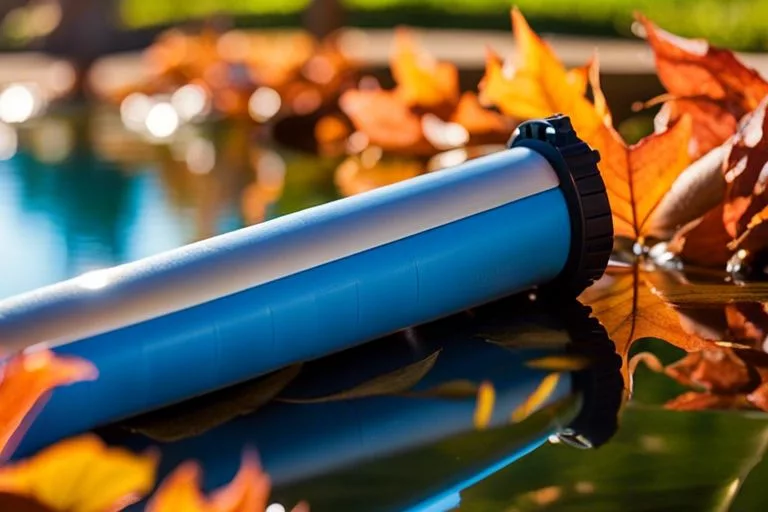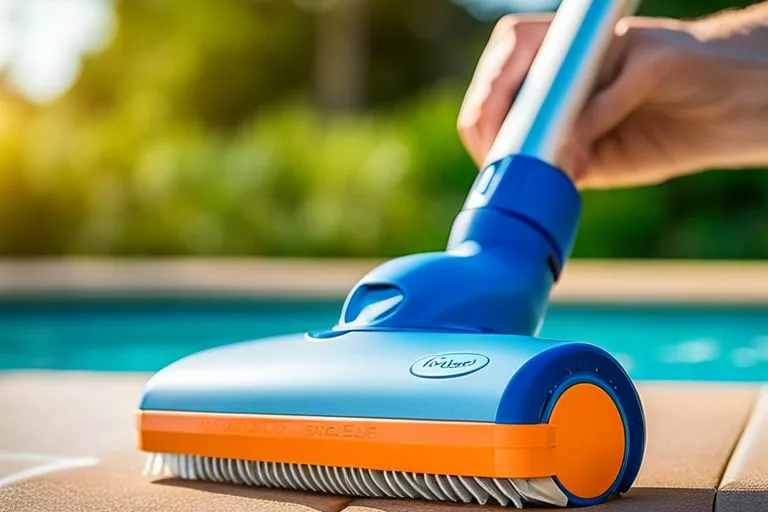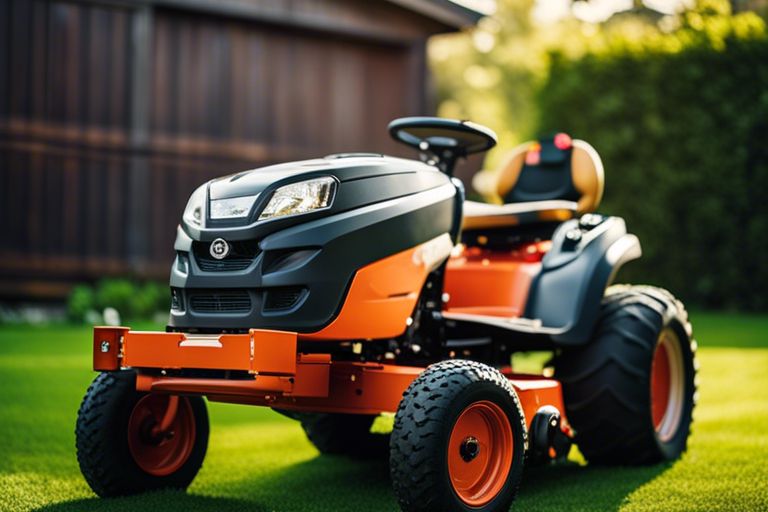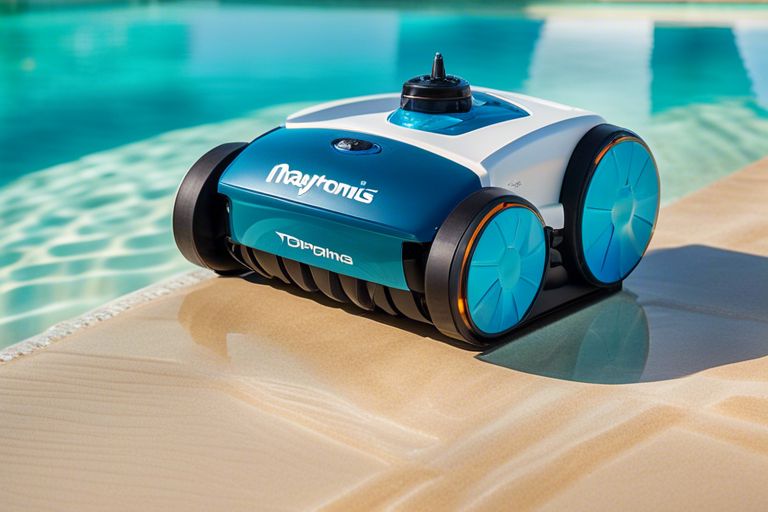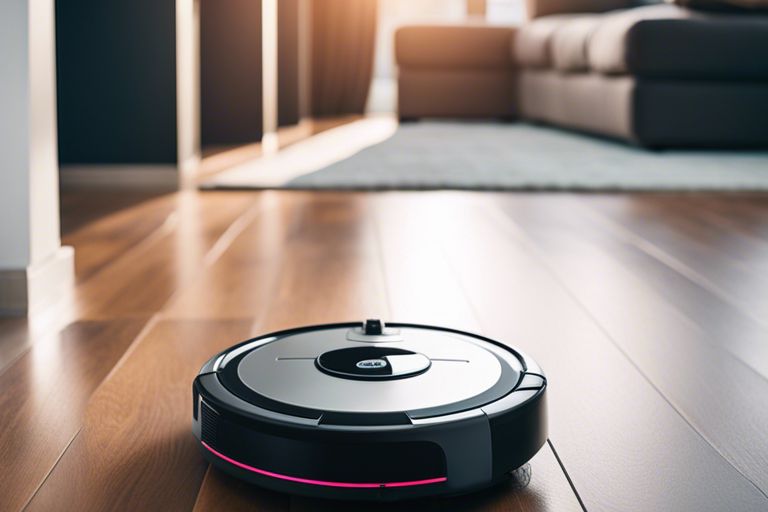This comprehensive guide will walk you through the crucial steps to properly maintain your Ryobi Pressure Washer, ensuring its optimal performance and longevity. Neglecting maintenance can not only lead to inefficient cleaning but also pose a safety risk. By following these simple yet crucial maintenance tasks regularly, you can extend the life of your pressure washer while keeping it running smoothly and safely. Let’s look into the step-by-step process of maintaining your Ryobi Pressure Washer.
Contents
Pre-Maintenance Preparations
Safety Tips Before You Begin
While maintaining your Ryobi pressure washer, safety should always be a top priority. Before you start any maintenance tasks, ensure you are taking the necessary precautions to prevent accidents and injuries.
- Wear protective gear such as gloves and safety goggles.
- Make sure the pressure washer is completely turned off and unplugged before starting any work.
- Keep children and pets away from the work area.
- Follow the manufacturer’s safety instructions carefully to avoid accidents.
Assume that accidents can happen if proper safety measures are not followed.
Gathering Necessary Tools and Materials
Clearly, before you start the maintenance process, you need to gather all the necessary tools and materials. Having everything on hand will make the process smoother and more efficient.
Before you start any maintenance tasks, ensure you have the basic tools such as wrenches, screwdrivers, and cleaning brushes. You may also need specific replacement parts or cleaning solutions as recommended by the manufacturer.
Step-by-Step Maintenance Procedures
| Checking and Changing the Oil | Inspecting and Cleaning the Nozzle |
| While using your Ryobi pressure washer, it is crucial to periodically check the oil level to ensure smooth operation. If the oil appears dirty or is below the recommended level, it’s time to change it. | Step-by-step examination and cleaning of the nozzle are important to maintain proper water flow and pressure. Inspect the nozzle for any clogs or debris that may hinder performance. |
Checking and Changing the Oil
While using your Ryobi pressure washer, it is crucial to periodically check the oil level to ensure smooth operation. If the oil appears dirty or is below the recommended level, it’s time to change it.
Inspecting and Cleaning the Nozzle
Step-by-step examination and cleaning of the nozzle are important to maintain proper water flow and pressure. Inspect the nozzle for any clogs or debris that may hinder performance.
The nozzle is a critical component of your pressure washer, so regular inspection and cleaning are necessary to prevent any blockages or malfunctions.
Examining and Replacing the Hose
Checking the condition of the hose is important for ensuring there are no cracks or leaks that could lead to water wastage or loss of pressure during operation. If any damage is spotted, replacing the hose is recommended.
Regularly examining the hose will help you catch any issues early on, preventing potential leaks or bursts that could disrupt your cleaning tasks.
Filter Maintenance for Longevity
Examining and cleaning the filters in your pressure washer is crucial for its longevity and performance. A clean filter prevents debris from entering the system and causing damage. Regular maintenance will ensure your pressure washer operates smoothly.
Changing or cleaning the filters on a regular basis will help maintain the efficiency and lifespan of your pressure washer, keeping it running smoothly for all your cleaning needs.
Winterizing Your Ryobi Pressure Washer
Replacing the oil with a winter-grade formula, draining all water from the pump, hoses, and gun, and storing the pressure washer in a frost-free environment are important steps for winterizing your Ryobi pressure washer. This will prevent freezing and damage to the internal components during cold weather.
Winterizing your pressure washer is crucial to avoid costly repairs or replacements due to cold weather damage. Proper maintenance before storing it for winter will ensure it’s ready to use when the warmer months return.
Additional Maintenance Factors
Many factors contribute to the overall maintenance of your Ryobi pressure washer. Here are some important points to consider:
- Regularly checking and replacing filters to ensure proper water flow.
- Inspecting and tightening connections to prevent leaks.
- Using the correct cleaning solutions to avoid damaging the pump.
- Storing the pressure washer in a clean, dry place away from extreme temperatures.
After following these additional maintenance factors, you can ensure your Ryobi pressure washer stays in top condition for years to come.
Troubleshooting Common Issues
On occasion, you may encounter common issues with your Ryobi pressure washer. These can include low pressure, leaks, or unusual noises. Before seeking professional help, check the owner’s manual for troubleshooting tips to address these issues.
When to Seek Professional Help
Professional help should be sought when issues such as significant leaks, motor failure, or pump malfunctions arise. These problems can be complex and dangerous to fix without proper knowledge and expertise. Contacting a certified technician ensures the problem is addressed efficiently and safely.
Ensuring Optimal Performance
Unlike other equipment, Ryobi Pressure Washers require consistent maintenance to ensure optimal performance. By following a few simple steps, you can keep your pressure washer running smoothly for years to come.
Tips for Efficient Usage
- Use the appropriate nozzle for the task at hand to prevent damage
- Check the fuel and oil levels before each use for smooth operation
- Clear any clogs in the system to maintain water flow
- Store the pressure washer in a clean, dry place to prevent corrosion
Any negligence in following these tips can lead to reduced performance and potential damage to your pressure washer.
The Impact of Regular Maintenance on Performance
Optimal performance of your Ryobi Pressure Washer is directly linked to the regularity of its maintenance. Regular cleaning, checking for leaks, and replacing worn-out parts can significantly improve the longevity and efficiency of your pressure washer.
Maintenance not only enhances the overall performance of the pressure washer but also ensures safe operation by reducing the risk of malfunctions or accidents. Neglecting maintenance can result in costly repairs or even permanent damage to the machine.
Summing up
Upon reflecting on the step-by-step guide on how to properly maintain your Ryobi pressure washer, it is evident that regular upkeep is crucial to ensuring its longevity and optimal performance. By following these maintenance procedures diligently, you can prevent costly repairs and extend the lifespan of your pressure washer. Remember to clean and inspect your machine regularly, use it in accordance with the manufacturer’s guidelines, and store it properly when not in use. By implementing these practices into your routine, you can keep your Ryobi pressure washer running smoothly for years to come.

